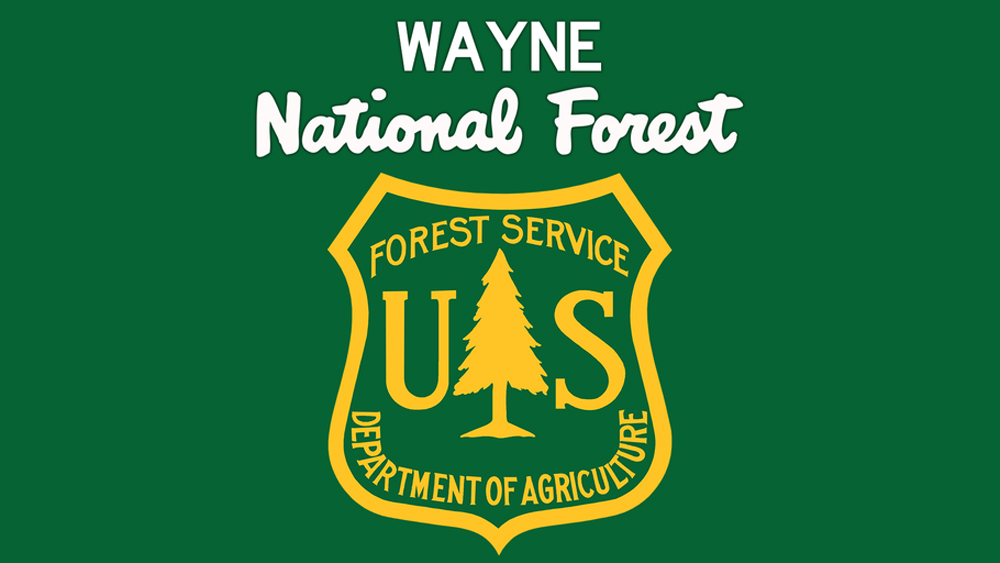Burn ban in effect for county
Published 5:00 am Wednesday, September 18, 2024
Staff report
The lack of rain this summer has led to drought conditions in southern Ohio and now Lawrence County is among 27 counties where opening burn is now banned.
State Fire Marshal Kevin Reardon has been updated, extended and expanded the burn ban on Friday for county in Ohio identified by the National Oceanic and Atmospheric Administration (NOAA) or United States Department of Agriculture (USDA) as being in the “Extreme Drought” or “Exceptional Drought” categories as identified by the United States Drought Monitoring System.
If any part of a county is identified by NOAA and the USDA as being in the “Extreme Drought” or “Exceptional Drought” categories, the entire county is included in the burn ban.
“We want everyone to think before you do something involving any kind of open flame,” said Reardon. “We are in severe drought conditions and ground conditions are very susceptible to ignition from a very simple source. We want people to be able to protect themselves, protect their property, and protect their communities.”
According to the National Park Service, nearly 85% of wildfires are caused by humans, and some of the main causes are unattended campfires or bonfires, the burning of debris, and negligently discarded cigarettes.
That ban includes all of Wayne National Forest and visitors are being asked to be observant of their surroundings while outdoors. Visitors should report any smoke or flames to emergency authorities right away.
“Our fire and law enforcement personnel are ready to respond to any incidents,” WNF supervisor Lee Stewart said. “We’re asking the public to respect the ban and recreate responsibly. Lighting a campfire is enjoyable and harmless when the conditions are right. However, given our local drought, this is not the time to have campfires and we’re asking Forest visitors to abide by the State Fire Marshal’s ban.”
Acceptable open flame related activities include indoor cooking, outdoor cooking with electric stoves/cooking elements or propane/liquid fueled cooking as permitted in this order, and the use of non-flame-based heating or electrical devices.
Examples of activities prohibited by this order in the ban area include those involving the lighting or maintaining of an open fire.
Prohibited activities include:
• Any open burning of trash, debris, waste, combustibles, leaf piles or similar vegetation
• Campfires and bonfires
• Throwing down or discarding lit or smoldering material, such as matches or cigarettes
• Using or discharging any type of fireworks
• Live-fire training events
• Flame effect(s) based displays or exhibitions, including sky lanterns and cold spark machines
• Using spark- or heat-producing devices for recreational purposes.
Current drought conditions can be found at Ohio | Drought.gov.






